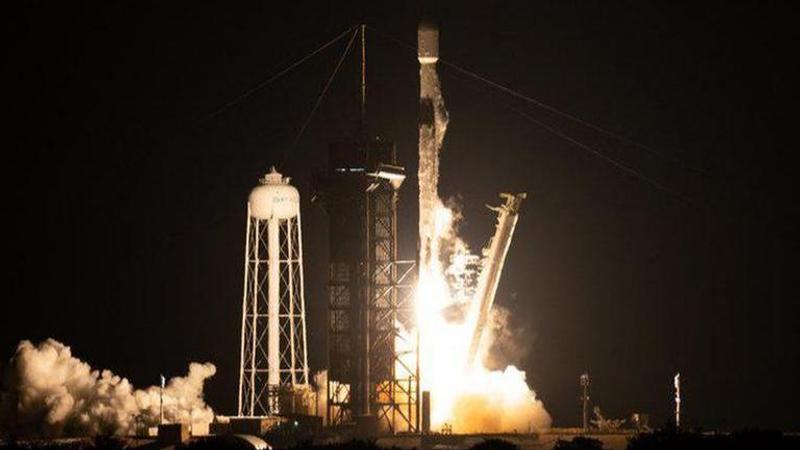Published 16:14 IST, December 9th 2021
NASA deploys IXPE X-ray telescope into orbit to hunt supernovas & supermassive black holes
NASA successfully launched the Imaging X-ray Polarimetry Explorer, or IXPE observatory from the Kennedy Space Center through a Falcon 9 rocket on Tuesday.

NASA successfully launched its brand new Imaging X-ray Polarimetry Explorer, or IXPE observatory from the Kennedy Space Center in Florida on Thursday, December 9. Hitching a ride aboard SpaceX's Falcon 9 rocket, the IXPE, which is NASA’s first mission dedicated to measuring the polarization of X-rays emerging from the universe's most extreme and mysterious objects. According to NASA, the observatory has been successfully installed in its orbit 600 kilometres away from Earth and will begin its first operation in January 2022.
IXPE becomes 'another extraordinary first'
Developed in collaboration with the Italian Space Agency, Thomas Zurbuchen, associate administrator for NASA's Science Mission Directorate said that the observatory "represents another extraordinary first". "Together with our partners in Italy and around the world, we’ve added a new space observatory to our fleet that will shape our understanding of the universe for years to come. Each NASA spacecraft is carefully chosen to target brand new observations enabling new science, and IXPE is going to show us the violent universe around us in ways we’ve never been able to see it.", he said as per NASA's release.
Set to complement the discoveries of NASA's flagship X-ray observatory, the Chandra X-ray telescope, the IXPE is unique as it will detect the polarised light emerging from supernova remnants, supermassive black holes, and dozens of other high-energy objects. NASA explains that polarisation is light's property which can make revelations about the source the light is emerging from and the environment it has been through. As for its composition, the IXPE carries three telescopes that will collect X-rays with a set of nested, cylinder-shaped mirrors. These rays will then be fed into a detector, which takes a picture of incoming X-rays and measures both the amount and direction of polarization.
Image: Twitter/@NASA
Updated 16:14 IST, December 9th 2021



